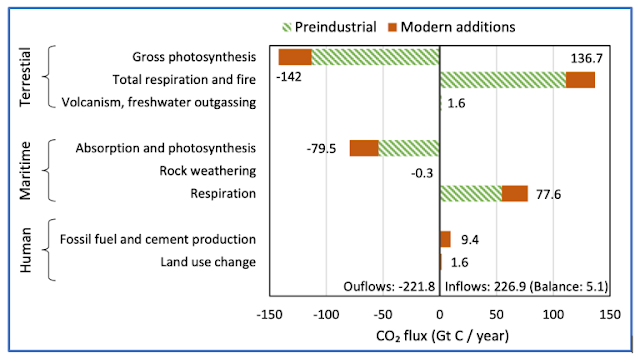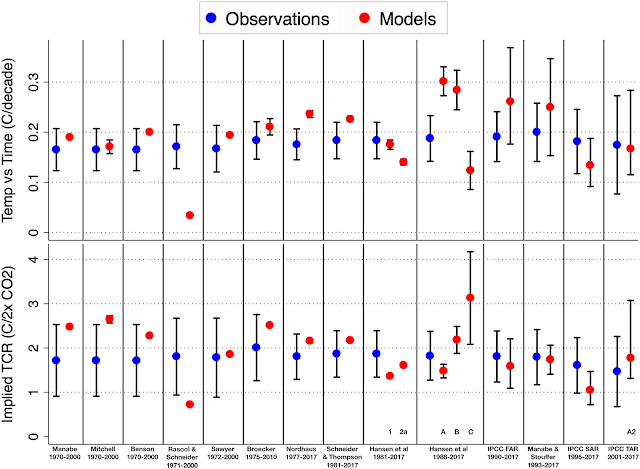Was There a Third "Mike's Nature Trick" to Hide the Decline? Part 3 - Conspiracies Never Die
.png)
WA07 Demonstrating Verification Failure of M&M This is part 3 of a 3 part series on M&M's accusations of "tricks" on the part of MBH and the hockey stick. Part 1 is here and Part 2 is here . Stephen McIntyre is reporting another "Nature Trick" on his ClimateAudit blog. The post is from Nov 24, 2023. As I've pointed out before, the MBH98/99 hockey stick have been replicated so many times that it's really old news. In 2007, Wahl and Amman were able to emulate the MBH98/99 hockey stick reconstruction and verify that it was robust to statistical method. But there were some slight differences between the two, and it seems some people won't be happy until they emulate it exactly. An "Audit" of MBH98/99 In 2021, Hampus Söderqvist apparently succeeded in reproducing MBH98/99 exactly, but in the process of doing so, he discovered some minor errors from the infilling of grid box temperatures in Jones & Briffa 1992 that affected MBH98/99...

.png)


